A well-maintained motorcycle is a happy motorcycle, and that includes keeping the gas tank clean. Over time, rust, varnish, and other debris can accumulate inside the tank, causing performance problems and potential breakdowns. If you’re noticing a decline in your motorcycle’s performance, like sputtered starts or sluggish acceleration, a dirty gas tank could be the culprit.
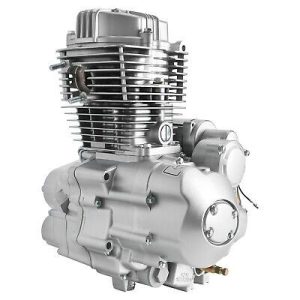
But fear not, fellow riders! Cleaning a motorcycle gas tank is a manageable task you can tackle yourself with the right tools, techniques, and a little elbow grease. This guide will equip you with the knowledge and steps to restore your gas tank to its former glory, ensuring smooth rides and optimal performance for your motorcycle.
Understanding the Enemy: Common Contaminants in Gas Tanks
Before diving into the cleaning process, let’s identify the enemies lurking inside your gas tank:
- Rust: The most common culprit, rust forms when iron or steel components inside the tank come into contact with moisture. This can happen through condensation or from using contaminated fuel.
- Varnish: This sticky residue builds up over time from fuel degradation and can clog fuel lines and filters, hindering fuel flow.
- Debris: Dirt, dust, and other debris can enter the tank through the fuel filler opening, adding to the internal grime.
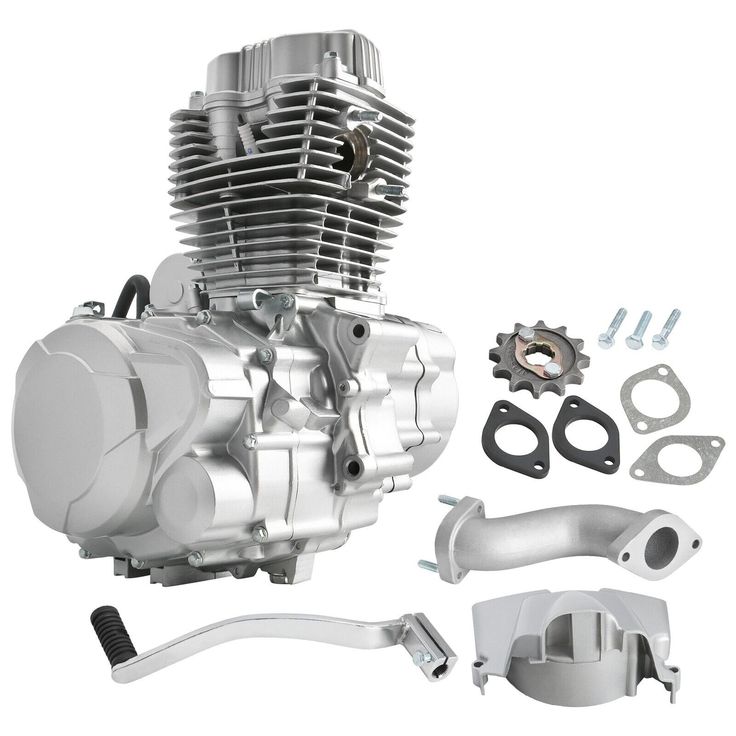
These contaminants can restrict fuel flow, clog fuel injectors, and even damage internal engine components. Regular cleaning helps prevent these issues and keeps your motorcycle running smoothly.
Gearing Up for Battle: Tools and Materials Needed
To effectively clean your motorcycle gas tank, you’ll need to gather some essential supplies:
- Safety Gear: Safety first! Always wear eye protection, gloves, and a respirator when working with cleaning chemicals.
- Drain Pan: A container to catch the old fuel and cleaning solutions.
- Shop Rags: Lint-free rags for cleaning and drying the tank.
- Flashlight: To illuminate the inside of the tank during cleaning.
- Socket Wrench Set: To remove the gas tank and petcock (fuel valve).
- Cleaning Solution: Choose your weapon – options include vinegar, baking soda, commercial gas tank cleaner, or a combination of these.
- Neutralizing Agent: Baking soda or dish soap (depending on the cleaning solution used) to neutralize any residual acidity.
- Compressed Air (Optional): To help dry the inside of the tank thoroughly.
Choosing the Right Cleaning Solution:
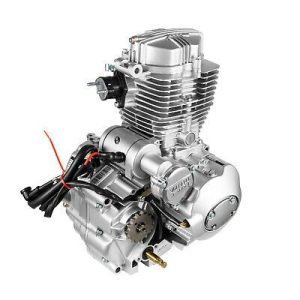
The best cleaning solution depends on the severity of the contamination in your tank. Here’s a breakdown of popular options:
- Vinegar and Baking Soda: A natural and readily available option for mild rust and varnish buildup. Mix white vinegar with water in a 50/50 ratio and add baking soda to create a fizzing reaction that helps loosen debris.
- Commercial Gas Tank Cleaner: For tougher jobs or heavily rusted tanks, consider a commercial gas tank cleaner specifically formulated for motorcycle tanks. Follow the manufacturer’s instructions carefully, as these cleaners can be more potent.
The Battle Plan: Step-by-Step Guide to Cleaning Your Gas Tank
Now that you’re armed with the right tools and knowledge, let’s get down to business:
- Preparation: Park your motorcycle in a well-ventilated area on a level surface. Turn off the engine and allow it to cool completely. Disconnect the battery to prevent electrical sparks.
- Fuel Removal: Locate the petcock valve and drain the old fuel into the drain pan. Dispose of the fuel responsibly at a designated hazardous waste facility.
- Tank Removal: Consult your motorcycle’s service manual for specific instructions on removing the gas tank. This will typically involve using the socket wrench set to disconnect hoses and remove mounting bolts.
- Initial Cleaning: Once the tank is removed, empty any remaining debris by shaking it out or using a shop rag to remove loose particles.
- Cleaning Solution Application: Pour your chosen cleaning solution into the tank. If using vinegar and baking soda, ensure the baking soda creates a fizzing reaction. Let the solution sit for several hours, or overnight for stubborn cases.
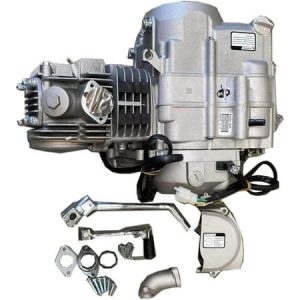
- Agitation (Optional): For heavily rusted tanks, you can add small stainless steel balls or nuts (larger than the fuel outlet) to the cleaning solution. Swirl the tank periodically to create a scrubbing action that helps loosen rust deposits.
- Neutralization: After the cleaning solution has done its work, drain it into the disposal container. Rinse the tank thoroughly with clean water to remove any residual cleaner.
- Baking Soda Rinse (Optional, for Vinegar Cleaning): If you used vinegar, follow up with a baking soda rinse to neutralize any remaining acidity. Mix baking soda with water to create a slurry, then pour it into the tank and swish it around. Rinse again with clean water.
-
Drying: This is a crucial step to prevent further rust formation. Prop the tank upside down in a well-ventilated area and allow it to air dry completely for at least 24 hours. You can also use compressed air to expedite the drying process, ensuring no moisture remains inside the tank.
-
Inspection: Once dry, use a flashlight to inspect the tank interior for any remaining rust or debris. If necessary, repeat the cleaning process with a stronger cleaning solution or consider professional cleaning services for severely rusted tanks.
-
Tank Reinstallation: Once the tank is clean and dry, carefully reinstall it on your motorcycle following the reverse order of the removal process. Ensure all hoses and connections are secure before reconnecting the battery and starting the engine.
-
Fuel System Flush (Optional): Consider running a fuel system cleaner through your motorcycle after cleaning the gas tank. This helps remove any residual debris that may have dislodged during the cleaning process and ensures clean fuel flow throughout the system.
Victory Lap: Maintaining a Clean Gas Tank
Now that your motorcycle gas tank is sparkling clean, here are some tips to prevent future contamination:
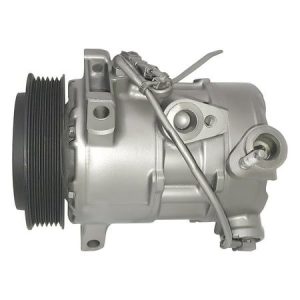
- Use high-quality fuel: Opt for reputable gas stations and avoid contaminated fuel sources.
- Fuel stabilizer: Consider adding a fuel stabilizer to your gas tank, especially if your motorcycle will be sitting unused for extended periods. This helps prevent fuel degradation and varnish buildup.
- Regular cleaning: While a deep clean like this may not be necessary frequently, consider periodic inspections and cleaning with a vinegar solution (without the baking soda soak) every few months to maintain a clean tank.
By following these steps and maintenance tips, you can keep your motorcycle gas tank clean and ensure optimal performance for your trusty two-wheeled companion.
Rev Up Your Ride with the Right Tools!
Keeping your motorcycle in top shape requires the proper tools and equipment. Whether you’re tackling a gas tank cleaning project or routine maintenance tasks, having the right supplies on hand makes all the difference.